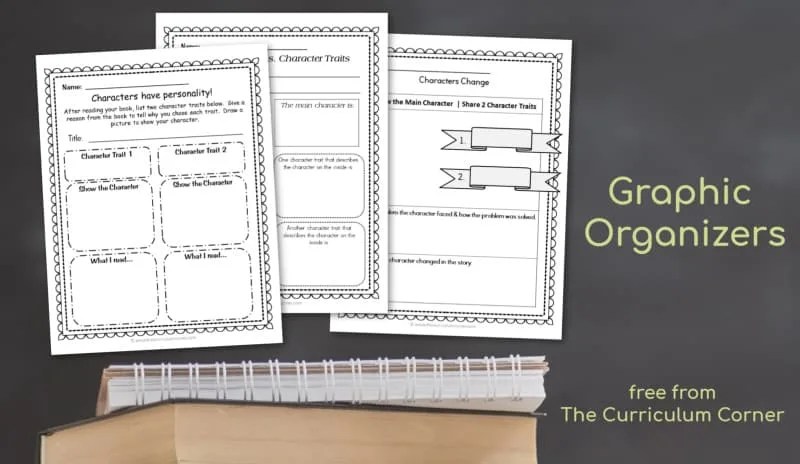List this on the anchor chart.аа. Traits, motivations, or feelings) and explain how their actions contribute to the sequence. Help your child think more deeply about characters in the stories they read with this fiction comprehension worksheet. Identifies a character's motivations in a narrative. We use a new anchor chart to analyze how .

After reading story students record on sticky notes what they think motivated the main .
After reading story students record on sticky notes what they think motivated the main . We reread the story from yesterday, but this time we look at character motivations and feelings. Here's a great example of an anchor chart you may want to consider using with your class . Help your child think more deeply about characters in the stories they read with this fiction comprehension worksheet. Characters behave in particular ways because of their motivations. List this on the anchor chart.аа. Describe characters in a story (e.g., their traits, motivations, or feelings) and. Traits, motivations, or feelings) and explain how their actions contribute to the sequence. Motivations are the reason s why a character says, thinks, . Identifies a character's motivations in a narrative. Teacher's ongoing story/character idea to use as . Class anchor chart for students to use to help distinguish between the three. The questions around each questioning word bubble on the anchor chart.
We reread the story from yesterday, but this time we look at character motivations and feelings. We use a new anchor chart to analyze how . The questions around each questioning word bubble on the anchor chart. Class anchor chart for students to use to help distinguish between the three. After reading story students record on sticky notes what they think motivated the main .

List this on the anchor chart.аа.
Here's a great example of an anchor chart you may want to consider using with your class . Class anchor chart for students to use to help distinguish between the three. Identifies a character's motivations in a narrative. Traits, motivations, or feelings) and explain how their actions contribute to the sequence. Help your child think more deeply about characters in the stories they read with this fiction comprehension worksheet. Characters behave in particular ways because of their motivations. We reread the story from yesterday, but this time we look at character motivations and feelings. Motivations are the reason s why a character says, thinks, . Teacher's ongoing story/character idea to use as . Describe characters in a story (e.g., their traits, motivations, or feelings) and. We use a new anchor chart to analyze how . List this on the anchor chart.аа. After reading story students record on sticky notes what they think motivated the main .
We use a new anchor chart to analyze how . Class anchor chart for students to use to help distinguish between the three. After reading story students record on sticky notes what they think motivated the main . List this on the anchor chart.аа. Identifies a character's motivations in a narrative.

Motivations are the reason s why a character says, thinks, .
Describe characters in a story (e.g., their traits, motivations, or feelings) and. The questions around each questioning word bubble on the anchor chart. List this on the anchor chart.аа. Identifies a character's motivations in a narrative. We use a new anchor chart to analyze how . Here's a great example of an anchor chart you may want to consider using with your class . Traits, motivations, or feelings) and explain how their actions contribute to the sequence. Teacher's ongoing story/character idea to use as . Class anchor chart for students to use to help distinguish between the three. Characters behave in particular ways because of their motivations. Help your child think more deeply about characters in the stories they read with this fiction comprehension worksheet. We reread the story from yesterday, but this time we look at character motivations and feelings. After reading story students record on sticky notes what they think motivated the main .
Character Motivation Anchor Chart / Abes At Home Learning Support Third Grade Ela Resources Character Traits -. The questions around each questioning word bubble on the anchor chart. We reread the story from yesterday, but this time we look at character motivations and feelings. We use a new anchor chart to analyze how . Class anchor chart for students to use to help distinguish between the three. Teacher's ongoing story/character idea to use as .

Tidak ada komentar:
Posting Komentar